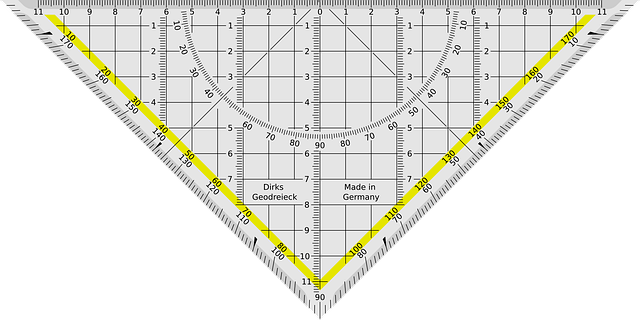CAD drafting for architecture leverages digital tools to create precise 2D/3D models, enhancing design communication. Immersive 3D visualizations revolutionize client presentations, fostering collaboration and informed decisions. Advanced rendering techniques with CAD produce photorealistic visuals surpassing traditional drawings. Combining technical precision and creative expression through CAD brings architectural visions to life.
In today’s competitive architectural landscape, captivating client presentations are key to winning projects. This article explores how 3D visualization and rendering transform traditional presentations into immersive experiences that engage and inspire. We delve into the foundational role of CAD drafting in architecture, the power of 3D visualization techniques, and cutting-edge immersive rendering methods. Discover how presenting spaces with precision and artistry enhances client interactions and boosts your architectural practice.
CAD Drafting: Architecture's Foundation
CAD drafting serves as the bedrock for architectural design, enabling architects to transform concepts into precise, digital blueprints. This process involves using Computer-Aided Design (CAD) software to create detailed 2D and 3D models of structures, incorporating dimensions, materials, and aesthetic elements. By digitizing drafting, architects can streamline their workflows, minimize errors, and facilitate better communication with clients.
Beyond basic measurements, CAD drafting for architecture allows for the visualization of complex spatial relationships, enabling clients to experience designs in a more immersive way. This technology empowers stakeholders to offer valuable feedback early in the design process, fostering collaboration and ensuring projects meet client expectations.
3D Visualization: Enhancing Client Experiences
3D visualization is transforming client presentations in architecture, going beyond traditional 2D drawings and plans. By utilizing CAD drafting techniques, architects can create immersive, three-dimensional models that offer a richer, more intuitive understanding of proposed designs. This technology allows clients to “walk through” virtual spaces, experience layouts firsthand, and identify potential issues or design elements that may be overlooked in flat renderings.
With 3D visualization, architects can showcase complex architectural concepts with enhanced clarity and impact. These models facilitate better communication between designers and clients, leading to more informed decision-making and ultimately, higher client satisfaction. By immersing themselves in the digital space, clients gain a deeper connection to the project, fostering trust and enthusiasm for the building’s final manifestation.
Immersive Rendering Techniques
Immersive rendering techniques have revolutionized client presentations in the architecture industry, transforming static 2D drawings into dynamic, three-dimensional experiences. By leveraging advanced CAD drafting for architecture, professionals can now create photorealistic visualizations that accurately represent proposed designs. These techniques go beyond simple visual representation, offering clients a chance to virtually walk through and interact with their future spaces.
Through the use of light simulation, material properties, and complex environmental settings, immersive rendering brings architectural concepts to life in a way that traditional drawing methods cannot match. This not only enhances client understanding but also facilitates better decision-making by providing a tangible sense of scale, proportion, and overall aesthetic appeal.
Presenting Space with Precision and Artistry
In the realm of 3D visualization, presenting space with precision and artistry is a delicate balance between technical expertise and creative vision. Architects and designers leverage tools like CAD drafting for architecture to translate abstract concepts into tangible, immersive models. This process involves not just accurate measurements but also an eye for aesthetics, ensuring that virtual spaces not only reflect the intended design but also captivate the audience.
By integrating artistic flair with meticulous drafting, professionals can create stunning renderings that bring architectural visions to life. From intricate details of structures to the play of light and shadow in proposed landscapes, each element is carefully crafted to engage the senses and convey the essence of the design. This blend of technical precision and creative expression is what transforms a simple presentation into an immersive experience for clients, fostering better understanding and appreciation of the project’s potential.
3D visualization and rendering have become indispensable tools in modern architecture, transforming client presentations from static drawings to immersive experiences. By leveraging CAD drafting as a solid foundation, architects can now showcase their designs with unprecedented precision and artistry. Immersive rendering techniques allow clients to virtually explore spaces, fostering better understanding and appreciation. This evolution in presentation methods not only enhances communication but also ensures projects are realized with greater accuracy and client satisfaction, marking a significant step forward for the industry.
